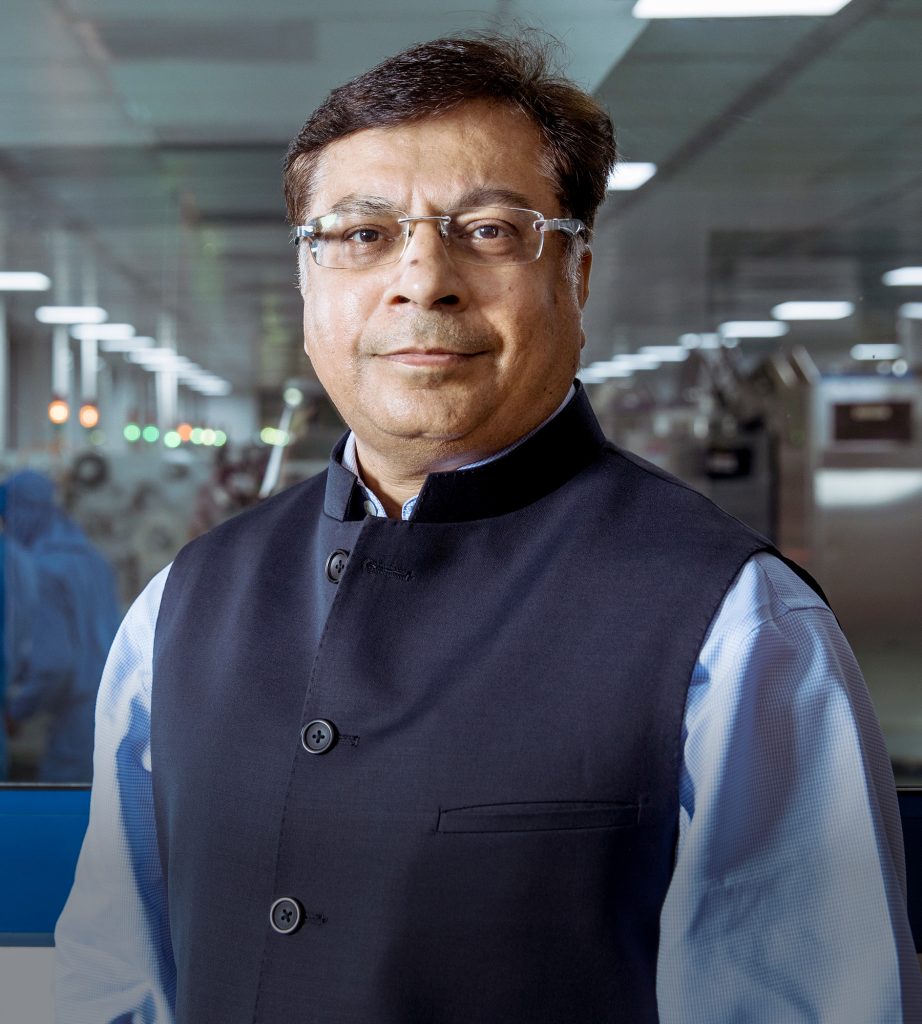Will the virtual world of tomorrow be better than the physical world ?
Will the virtual world of tomorrow be better than the physical world ? COVID 19 has speeded the transformation from digital to virtual. This paradigm shift will impact every aspect of our lives. The Virtual

Will the virtual world of tomorrow be better than the physical world ?
COVID 19 has speeded the transformation from digital to virtual. This paradigm shift will impact every aspect of our lives. The Virtual world of tomorrow, magnified by exponential technologies like Artificial Intelligence, Virtual Reality(VR), and Augmented Reality(AR), will change the physical world in ways we are yet to comprehend.
Online meetings have so far been considered second fiddle – I would only consider attending a conference online if I couldn’t go there. I would consult a doctor online if I couldn’t visit the doctor. Online education course was not considered as good as a classroom course. This mindset will undergo a permanent change in customer behaviour. People will understand and adopt the huge advantages that virtual offers over physical.
One of the biggest beneficiaries of the global lockdown, Zoom made the transition from brand to the verb as coronavirus spread. It capitalized on the sudden need to communicate remotely with work, friends, family and hold virtual events. Daily downloads zoomed from 56000 in Jan 2020 to over 2 million in March 2020.
Two years from now, Zoom ( or whichever platform is the leader) will make the present Zoom obsolete. People in video meetings will, in the future, be able to feel their hands being shaken and smell coffee in their virtual space, says Eric Yuan, the founder of Zoom. He believes artificial intelligence will bring a physical aspect to virtual meetings.
AI-enabled products like Fireflies.ai, Hendrix.ai, DeepTalk, etc., already record and automatically transcribe, summarize, organize the meeting notes. These platforms will provide automatic translation in multiple languages. I envisage that the future in-person meetings in your board room will be held on such virtual platforms because of the compelling advantages these platforms will offer.
Oscar Wilde said, “Education is an admirable thing, but nothing that is worth learning can be taught.” Our education system is broken. In a one-size-fits-all approach, we expect 60 students in a class to learn a physics chapter at the same pace and like it. The world is moving to on-demand, interactive, adaptive virtual learning. More than 60% of the software programmers worldwide learn to program from platforms like Coursera. Interestingly, in 2019, a survey revealed that 67% of students enrolled in an online course in the USA lived within 50 miles from their institution.
We are in the midst of a massive global virtual experiment! There was a sudden surge in online traffic to MOOCs (Massive Online Open Courses) as more than 1.7 billion students were shut out of their classrooms. Coursera got over 10 million enrolments in a month, a six-fold increase from 2019. Udacity signed up more students in one week in March than it had in the second half of 2019.
AR makes visualization, annotation, and storytelling more appealing. It allows one to bring an object or concept into an imagined reality and make the invisible visible. Medical students are using HoloLens and HoloAnatomy to learn anatomy from their own homes during the lockdown. With access to the minutest details of the human anatomy in 3D, students’ learning is not limited by cadavers’ availability for dissection or 2D medical textbook illustrations.
The regulatory framework has seen a dramatic shift in 2020. India’s recent announcement, allowing the top 100 universities to offer online degrees, will radically transform the education sector.
Virtual, on demand, personalized, adaptive learning aided by VR, AR, interactive video, and other tools will be the norm and physical classrooms an anomaly.
Let’s talk about sports. Both the IPL and the US Open played to empty stands last year. Can we redesign the experience of a live match or performance with virtual spectators? The IPL anyway gets 98% of its revenue from broadcast rights, over $510 million a year. It is possible to build a platform that offers interactivity with technology that already exists. For example, real-time VR and AR overlays can allow viewers to watch the game from multiple angles – including cameras on the players and referees. This will give fans a unique perspective of each shot, making them feel more involved in the action — a truly immersive experience. These are luxuries that fans in the stands don’t have.
Last year, Live Nation teamed with Citi and NextVR to broadcast dozens of VR concerts, including live backstage tours. You can choose the location from where you want to watch the concert. Cameras are even positioned on-stage, enabling viewers to experience the concert from the band’s perspective. You can see if you know people in the audience using the camera’s 180-degree view. We are in for a far-reaching change in live events.
Similarly, telehealth is disrupting hospital OPDs. In the USA, telemedicine is up from less than 1% of total OPD consults to more than 50%, with over 1 billion telehealth interactions in 2020. In India, the number may be even higher.
In terms of regulatory changes worldwide, the COVID-19 outbreak accomplished in 10 weeks what wasn’t achieved in 10 years. Telehealth and telemedicine were in the grey zone before COVID. In March 2020, Niti Ayog came up with one of the world’s most futuristic telehealth regulations.
Due to the lockdown, the telemedicine genie is out of the bottle. A recent McKinsey report states that India could save up to ₹70,000 crores as virtual consults will replace at least 30% of OPD. It is projected that by 2025, 50 million households will be doing virtual consults under a subscription model. It will dramatically impact the current hospital business model.
Technology and business model innovation will have to be a force multiplier to solve both problems of accessibility and affordability. The marginal cost of providing super-specialty services can reduce dramatically. For example, NeuroEquilibrium, the world’s first chain of Vertigo and balance disorders, provides super-specialty remote diagnosis services in over 125 hospitals across India and centers in Europe with super-specialty doctors assisted by computer vision and machine learning using a proprietary remote diagnostic platform.
Virtual health, which integrates virtual consults, remote diagnosis, teleradiology, telepathology, home healthcare, digital therapeutics, continuous data monitoring using wearables, e-pharmacy, and clinical decision support systems, will be the norm as it offers enormous advantages over physical consults.
We are experiencing Virtual 1.0, which is solving the problem of space and time. In a couple of years, Virtual 3.0 will be a very different world enabled by exponential technologies like VR, AR, and AI. The disruption due to virtualization is inescapable. To quote the online game character Kirito, “It’s a virtual world, but I feel more alive than I do in the real world.”
Rajneesh Bhandari
Founder Neuro Equilibrium,
Angle Investor, Healthcare thought leader.






